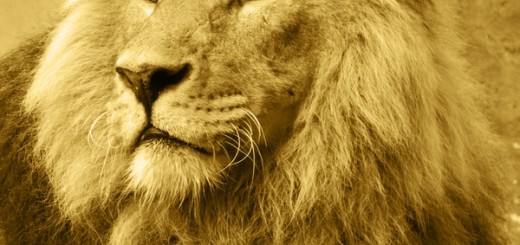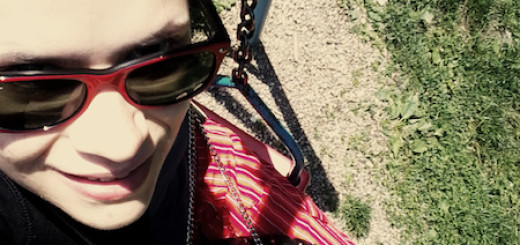Copyright and model release in stock photography
You have now chosen which images might have potential as stock photos and you’re ready to start your journey; but a little more patience is required of you, young one.
You can not just submit your images without checking them first. Why? Because anything remotely copyrighted will only bring you rejections. So will any portraits or people images of any kind submited without the mandatory and all important model release.
To make your life easier, here are a few tips on these two subjects.
Copyright
You are, by now, wondering what I’m talking about when I say copyright. Copyright in your images can take many forms, so here is a list:
- any brands, logos, company names, store signs (this includes, Nike as well as the swoosh that represents the brand, Adidas and their three stripes)
- buildings, but not all buildings are created equal, so fortunately there are only a few of them you should watch out for: Empire State Building, Seattle Needle, Flatiron Building, MOMA, anything created by Santiago Calatrava, London Eye, Tour Eiffel by night (because of the lights), Sydney Opera House, Guggenheim Museum. Unfortunately there isn’t a complete list out there, so if you have images of buildings that look special and you are uncertain better to research them before submitting the image
- Porsche and Ferrari cars in their entirety, this means you can not submit images with these cars in the royalty free section even after you remove the logos
- Harley Davidson motorcycles aren’t just cool and expensive, they are also copyrighted
- artworks of any kind ranging from paintings to street art like graffitis
- license plates on cars, motorcycles and any other vehicles, yes, even trains, planes and ships/boats
- bar codes, credit card numbers (the maximum amount of numbers you can keep is 4)
- anything related to the Olympics, from the circles to the actual name
- same applies to FIFA World Cup, NHL, NFL and other such championships
- house and building numbers
Some of the above can be submitted, without alterations, with the editorial license, while others, like the Olympic circles or any logos by themselves or products of only one brand can not.
I know it looks scary by now, so many things to remember and not enough information on all this copyright, but I promise, you will get the hang of it. And at Dreamstime we have this nice thread on copyright that you can scour for information called rather suggestively Trademarks, what kind of images you shouldn’t upload.
So, make sure you removed the McDonalds logo before submitting that nice, juicy hamburger as a royalty free stock photo. (or in the case bellow, the crispy McDonalds fried golden potatoes)

Stock image of young girl eating french fries (mcdonalds logos have been removed)
The Model Release Document
You like to shoot people, and you have a really good eye for portraits. Make sure that you have a model releases document with you at every photo shoot you are going to.
The model release document gives you the full right to sell and use the images you are about to shoot within a legal frame.
This document can be sourced from any stock site, if you plan to submit to only one site, as I am doing, you can use the specific model release from that site, if, however, you’d like to keep your options open go with a general model release, valid for all agencies, just as easy to find online. Read the document carefully so that you can answer any questions a model might ask about it. Remember that you will not be able to sell your images without it.
A few tips in regards to this all important document:
- unless you are using the Agency’s model release in another language, have the model release printed in English. If your models don’t speak English you can have them sign two versions of the same general model release, the one in their native language and the one in English. Why is this important? Because some agencies will not accept a general release that is not in English
- fill in all the details required on the model release: your full name and signature, the model’s full name, signature, phone number, complete street address and the witness’s full name and signature are mandatory. Other information may be required so make sure you look at the model release twice before you move on to the photo shoot
- fill in a model release when you are shooting self portraits. You can be both photographer and model but someone else has to be your witness
- make sure you are using the under 18 model release if you model is underage, and that a parent is available to sign it
- if you are going to shoot nude images ask for an ID of your model and take a photo of it to attach to release later on. You model has to be over 18 in this case
When will you need the model release:
- portraits of any kind
- people in a crowd
- people that have their back at the camera (they are still recognisable)
When will you not need it:
- body parts other than nudes (those still require a model release with an ID attached to it)
So, basically, if there are any people in the frame it’s most likely that a MR will be required.
Property release document
It’s just about the same as the model release except it release the use of image with properties instead of people. You will need one for artworks, paintings, old images that are not your own, animals that have pedigree and other such cases.
I hope that at least some of your questions have been answered and stay tuned for my next post: Post processing your stock images.



1 Response
[…] mode release in another language, model release lacks ID and other such issue. Read my blog post on copyright and model releases and follow the advice in […]